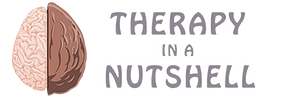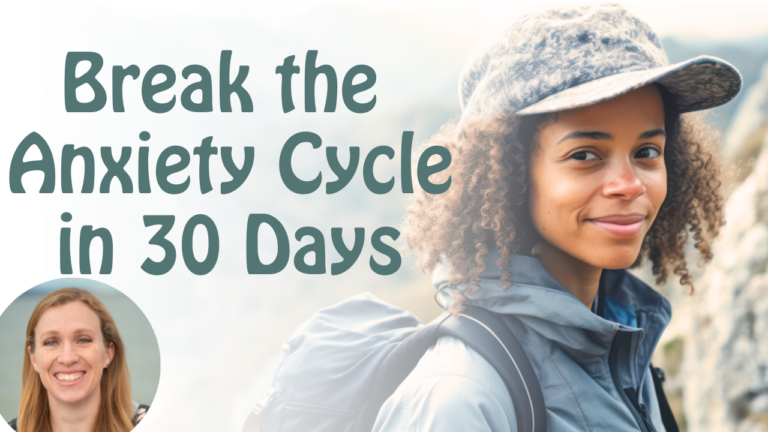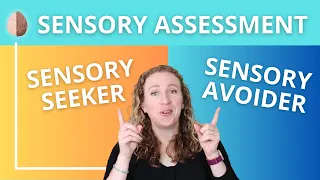This post is about Emma’s favorite vagus nerve exercise for turning on the parasympathetic response.
It’s a simple exercise that is backed by science. Read on to learn more about it.
A Vagal Nerve Exercise For Anxiety Or Trauma Recovery
Hi there. I’d like to share with you my new favorite vagal nerve exercise for turning on the parasympathetic response. And this is an exercise Peter Levine teaches to help people who are struggling with chronic overwhelm or burnout or high levels of stress.
And he tells the story of working with a nurse who was kind of working in the trenches at the beginning of the pandemic. And she was interacting with the very ill and with their families during, you know, that beginning period where there was so much fear. And after using this technique, the nurse came back to him and said, “I am teaching this to all the other nurses. Our work is still hard, but it’s not so heavy anymore.”
So, this is an exercise that helps your body turn on that parasympathetic response. So, let’s talk about the science before I teach you the exercise.
People have been using humming, chanting, or singing for thousands of years to work through emotions and to soothe themselves. And science now confirms that when we hum, the vibrations of our vocal cords stimulate the vagus nerve, which can help regulate the heart rate and reduce stress and promote relaxation.
And the vagus nerve is connected to many different organs in the body, including the heart, lungs, and digestive system.
When it’s stimulated by humming, for example, it can help to slow down the heart rate and promote relaxation throughout the body. And studies have shown that humming can increase the production of nitric oxide in the body. So that can improve blood flow and reduce inflammation.
Explore The Voo Breath Technique
So, let’s try out the Voo breath or the fog-horn breath. So, take an easy breath in, and then as you release it, make the sound “voo” from deep in your gut, from the viscera, as he calls it.
So, you might think of this as trying to make the sound of a fog horn. So, let’s give this a try.
Voooooo. Voooooo. Voooooo. And then as you allow a new breath to come in, let it fill your belly and your chest. And you want to seek for vibration. You want to get vibration from the belly.
Sometimes when you do this, this can bring up emotions and sensations that have been there for a long time.
So, let that breath come in and then the sound come all the way out. Vooooo. Vooooo. Get it as deep as you can down in the belly. Vooooo.
Now, you can keep doing this. You can do this a few times or for a few minutes. And then afterwards, just rest and notice like any thoughts, feelings, images, or sensations, and just make space for them. It can also be helpful to place a hand over any area that you may be noticing. I hope you found this exercise helpful. Thanks for being here, and take care.
Click the link below to access the course, Break the Anxiety Cycle in 30 Days.





